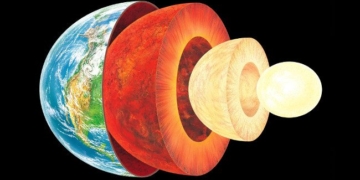The natural world is rife with competition and extreme climates, and to survive, many animal species have adapted in astonishing ways.
1. Frozen Wood Frogs
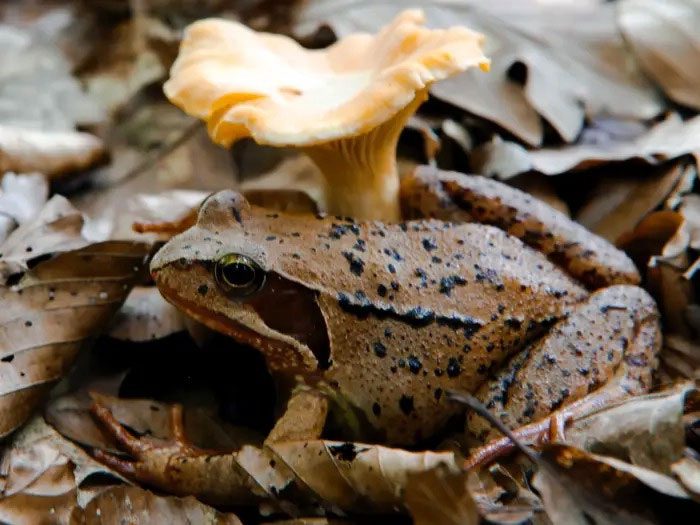
To survive winter, up to 60% of an Alaska wood frog’s body can freeze solid. They also stop breathing and their hearts cease to beat. This allows them to endure temperatures as low as -62 degrees Celsius. In spring, they thaw out.
To achieve this state of partial freezing, these frogs accumulate high concentrations of glucose (ten times the normal amount) in their organs and tissues. These sugar-soluble substances act as “antifreeze,” preventing their cells from collapsing or dying.
2. Kangaroo Rats Survive Without Drinking Water
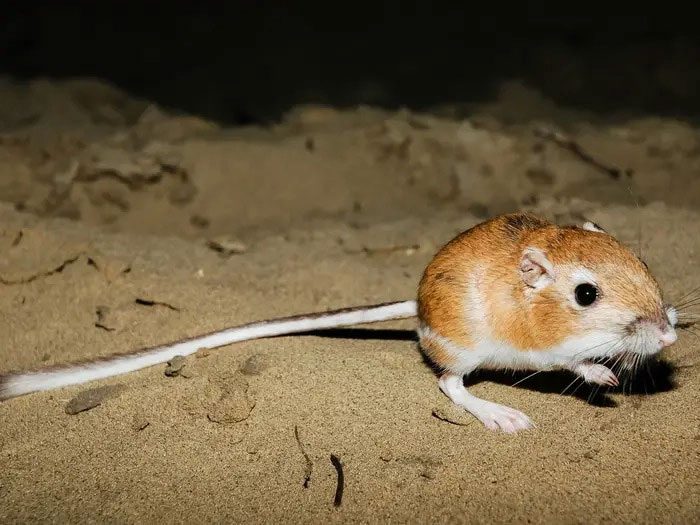
Kangaroo rats have adapted to live in the desert without ever needing to drink water. Instead, they extract all the moisture they need from the seeds they consume. These creatures also have extraordinary hearing and can jump up to 2.7 meters high, helping them evade predators.
3. Antarctic Fish with “Antifreeze” Proteins in Their Blood
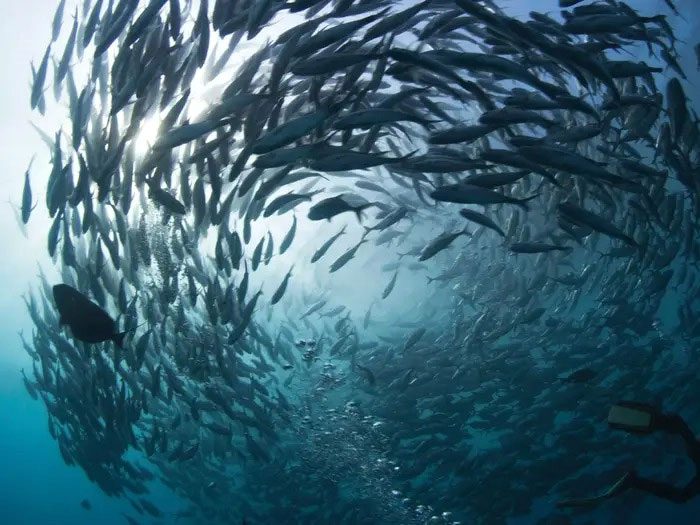
Notothenioid fish can produce their own “antifreeze” proteins to survive in the frigid waters of the Southern Ocean surrounding Antarctica. These proteins bind to ice crystals in their blood, preventing the fish from freezing. This remarkable adaptation explains why these fish make up 90% of the fish biomass in this area.
4. African Clawed Frogs Create “Homes” of Mucus to Survive the Dry Season
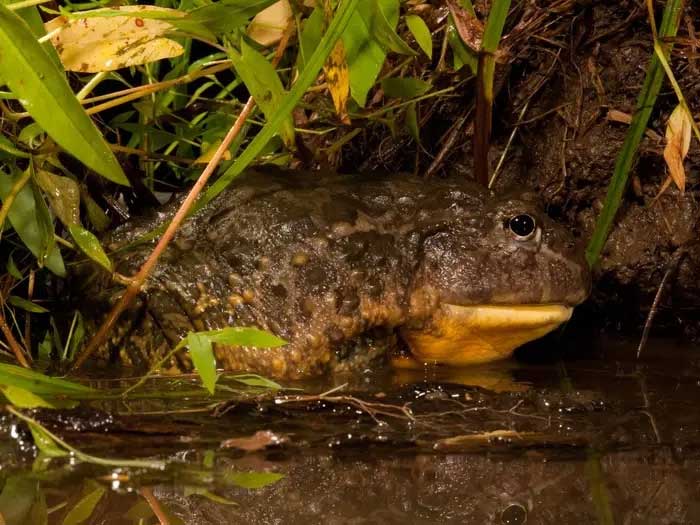
African clawed frogs live in the African savanna, where the weather is extremely hot and dry. When a frog leaves the water, the mucus on its skin helps it breathe by dissolving oxygen from the air. To prevent their skin from drying out in the sweltering African climate, these frogs burrow 15 to 20 cm underground. They then produce a mucus layer that hardens into a cocoon. The frog can remain in this cocoon for up to seven years while waiting for rain. When the rains come, moisture softens the mucus bag, awakening the frog and signaling the start of the rainy season. This is also when the frogs breed and are most active.
5. Cuttlefish with the Ability to Camouflage
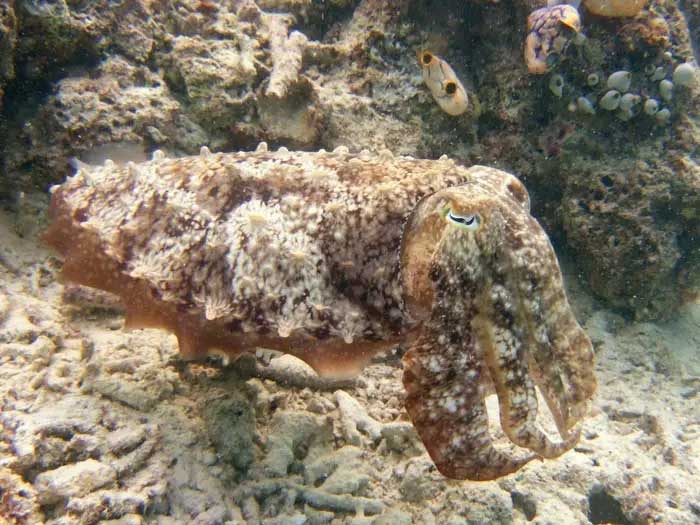
Cuttlefish possess an incredible ability to change the color and texture of their bodies to blend into their surroundings. They can detect the amount of light absorbed by the environment and then mimic it using their own pigments. They have three layers of skin (yellow, red, and brown) that can expand in various ways to create unique colors and patterns. Their skin also has protruding bumps, making cuttlefish appear as tough as coral. Together, these features allow cuttlefish to evade predators as well as ambush unsuspecting prey.
6. Tube Worms Convert Toxic Water into Food
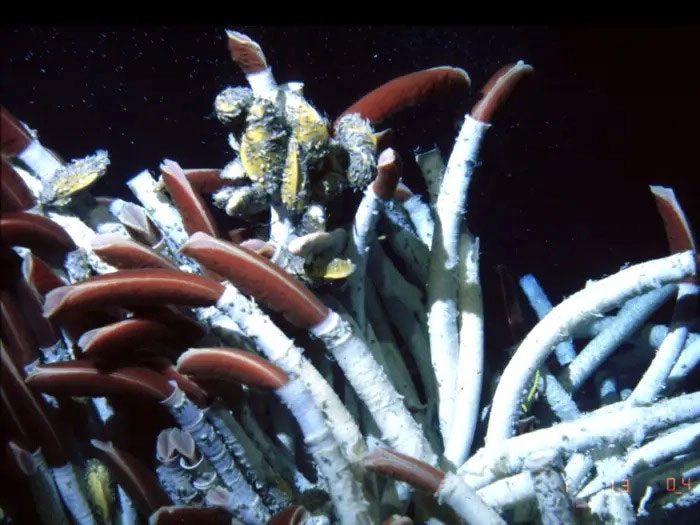
Scientists long believed that life could not exist in the deep-sea hydrothermal vents. However, in 1977, they discovered giant tube worms living along the Galapagos Rift, 2.4 km below the ocean’s surface. These tube worms are surrounded by complete darkness in their habitats, where the water is filled with toxic gases and acids.
That’s why they lack stomachs, intestines, or eyes. Instead, they are “bacterial bags” with heart-like structures and reproductive organs. The bacteria inside the worms use the toxic hydrogen sulfide in the water, which would kill most other animals, as an energy source to produce carbohydrates.
7. Okapis Have Scent Glands on Their Legs
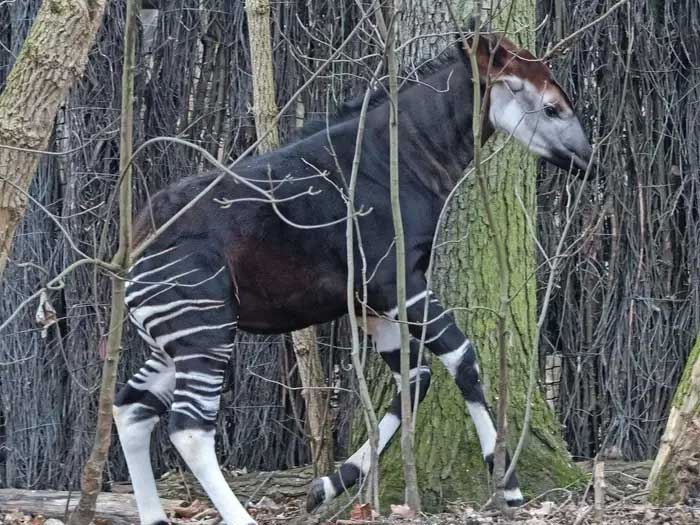
If you aren’t familiar, the okapi is a strange animal that looks like a blend between a giraffe and a zebra. They live in the Democratic Republic of the Congo, where the climate is very hot and predators like leopards are always lurking.
To survive, okapis use three main adaptations. First, they have scent glands on their legs to mark their territory. Second, they have low-frequency calls that allow them to communicate with their young without alerting predators. Finally, they have long tongues measuring 35 to 45 cm, enabling them to clean their eyes and ears.
8. Pufferfish Can Inflate to More Than Twice Their Original Size
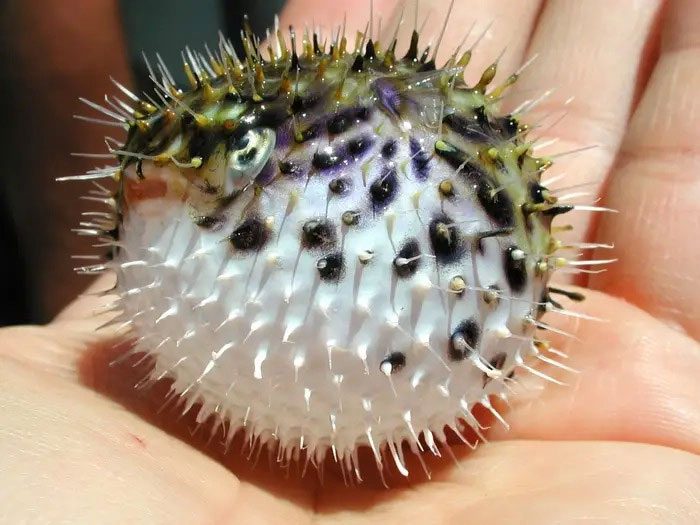
Pufferfish have the ability to inflate their bodies with water if they feel threatened. They can also reveal their spiky spines during this process to deter potential predators. Sometimes, they inflate just to stretch their muscles. They can puff up to more than double their original size.
Additionally, pufferfish produce a neurotoxin called tetrodotoxin, which can cause paralysis and convulsions if consumed by predators. In some cases, eating a pufferfish can be fatal to humans.
9. Elephants Use Their Huge Ears to Cool Down
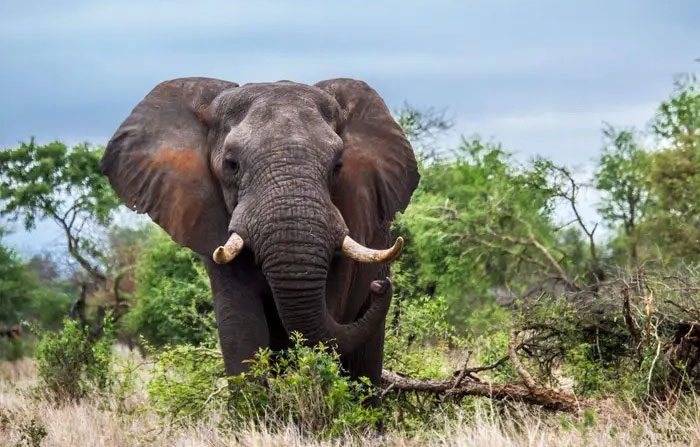
Elephant ears act like an integrated cooling system. They can cool down by flapping their large ears. By performing this ear-flapping motion, elephants create a breeze and promote blood flow through the vessels in their ears, helping them cool off.
Sometimes, elephants splash around in water and use their trunks to spray water behind their ears for additional cooling effect.
10. Platypuses Detect Electrical Fields Created by Prey
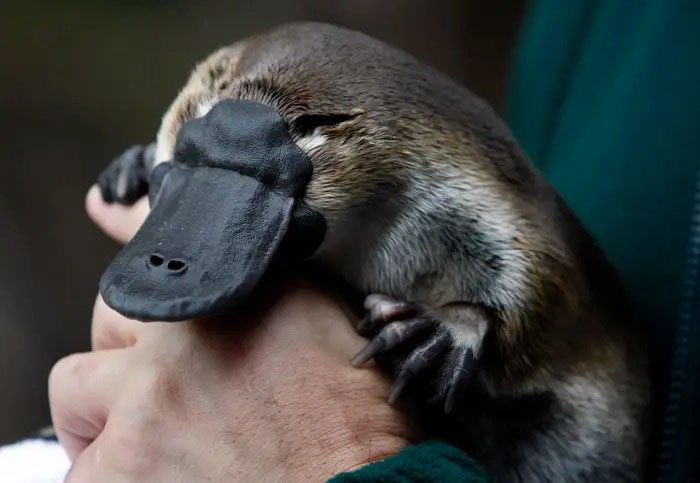
The bill of the platypus can detect subtle electrical fields produced by prey while hunting and foraging. Platypuses often dive for food along the bottom of bodies of water like rivers and streams. They search for bottom-dwelling creatures like crustaceans, worms, and insect larvae.
By utilizing special sensory organs in their bodies, the platypus bill can sense changes in pressure, movement, and electrical signals left by small prey. By sweeping their heads from side to side to activate their sensory mechanisms, they can trigger a chemical structure that allows them to detect various stimuli such as touch, pressure, vibrations, and sounds.

















































